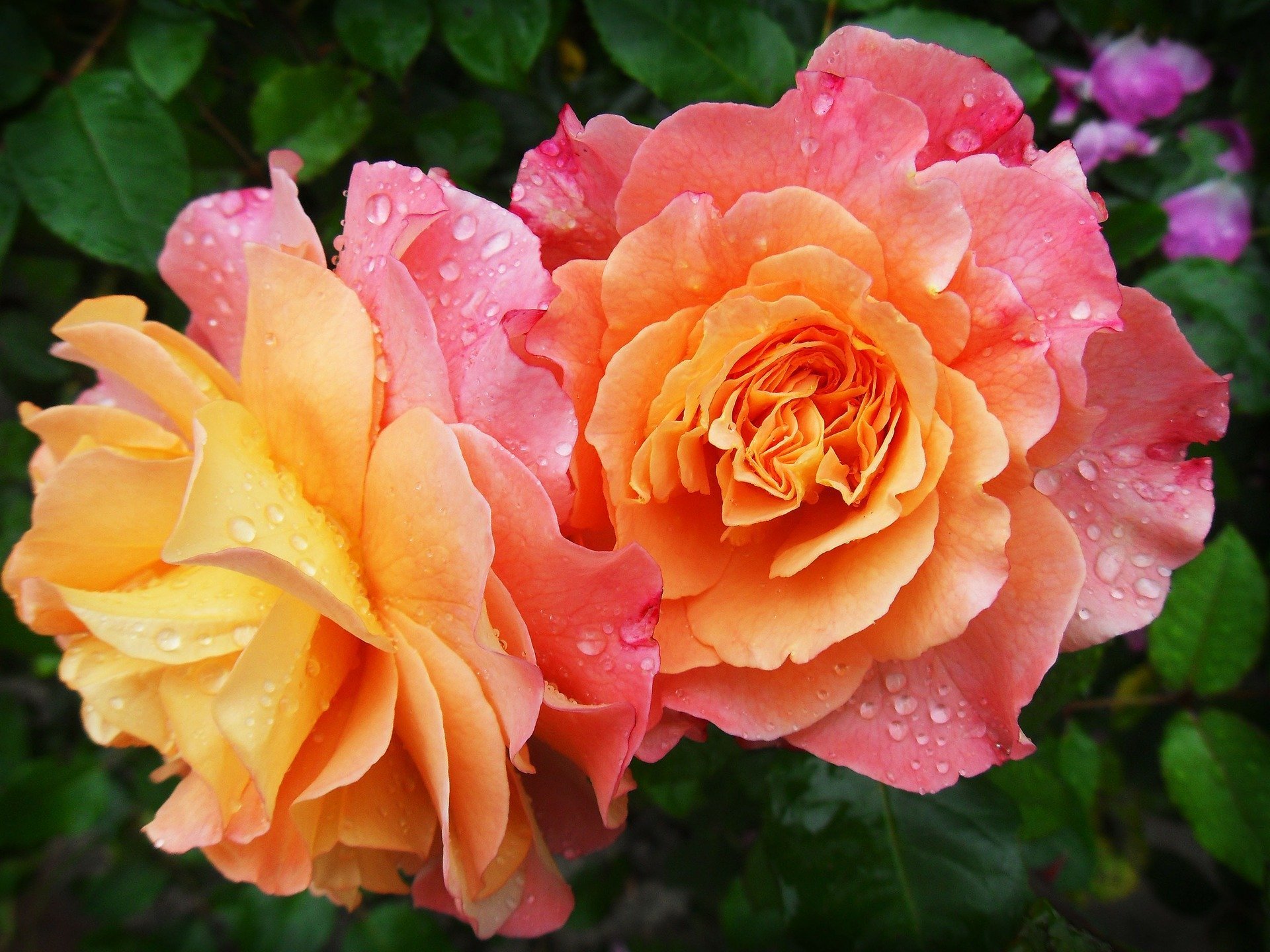What Is The Best Npk Ratio For Roses
:max_bytes(150000):strip_icc()/GettyImages-1148906957-06eb0d2787f04a0ebacf6c7ebea16ed0.jpg)
NPK stands for nitrogen phosphorous and potassium.
What is the best npk ratio for roses. The remaining amount consists of micronutrients and other fillers. NPK stands for nitrogen phosphorous and potassium which are three of the most important nutrients required by plants. An NPK value of 10-5-5 means that the fertilizer contains 10 nitrogen 5 phosphorus and 5 potassium.
The N is for up top part of the bush or plant P is for down the root system of the bush or plant and K is for all-around good for the entire bush or plant systems. Where I am people believe in chemical fertilizer and they usually use a very high ration of NPK such as from 20 up for both N P. Roses generally need about 3 pounds of nitrogen per 1000 square feet per growing season and gardeners should divide the three pounds into about three applications.
Knock out roses or berries. A quick note here about the NPK ratios given on the various rose fertilizers. For the high N Is there any relation between high N rose proliferation.
However like any other water-soluble fertilizer out there gardens with sandy soil or the ones that receive a lot of rain might have leaching issues. Fertilizers with a 312 NPK ratio 24-8-16 12-4-8 9-3-6 are all 312 ratio fertilizers are common for a reason. 6-12-6 is considered a Balanced Rose Food as it supplies the basic ingredients in proportions beneficial to roses on a continual basis.
But you dont necessarily need to get a special fertilizer for your roses. A 6-12-6 ratio means that the mixture contains 6 Nitrogen 12 Phosphorus and 6 Potassium. For almost all flowers you will want a fertilizer with a 10-10-10 or 5-10-10 NPK ratio.
A Buffet for Your Plants. Different plants require different levels of each element but roses tend to react best to a roughly even mixture of the three. The numbers following NPK are the percent amounts of each nutrient.

They supply nutrients at the ratio actually used by the average plant which eliminates many if not most of the complications created by fertilizers that dont have ratios that closely mimic the ratio at which the plant uses the nutrients.
What is the best npk ratio for roses. All-purpose balanced fertilizer blends like 10-10-10 are easy to find and do a good job of keeping most plants happy. I am trying to use up to 90 organic fertilizer like bloodmeal neem cotton seed etc etc but getting them where I. NPK stands for the ratio of Nitrogen to Phosphorus to Potassium.
Knock out roses or berries. However like any other water-soluble fertilizer out there gardens with sandy soil or the ones that receive a lot of rain might have leaching issues. A Buffet for Your Plants.
However the ratio of macro-and micro-nutrients in these organic fertilizers are not always suitable for plants. Roses generally need about 3 pounds of nitrogen per 1000 square feet per growing season and gardeners should divide the three pounds into about three applications. Where I am people believe in chemical fertilizer and they usually use a very high ration of NPK such as from 20 up for both N P.
An NPK value of 10-5-5 means that the fertilizer contains 10 nitrogen 5 phosphorus and 5 potassium. The use of manure or compost has a beneficial impact on soil structure and temperature conditions. The ratio between the big three is often referred to as N-P-K Nitrogen-Phosphorus-Potassium where the number of each is the percentage used in the product.
Roses may be treated with organic or mineral fertilizers. Inorganic Rose Fertilizers There are special rose plant foods that are tailored to the higher phosphorus needs of roses with an N-P-K ratio such as 18-24-16. For almost all flowers you will want a fertilizer with a 10-10-10 or 5-10-10 NPK ratio.
These three chemical elements are the primary components in most fertilizers. A quick note here about the NPK ratios given on the various rose fertilizers. 6-12-6 is considered a Balanced Rose Food as it supplies the basic ingredients in proportions beneficial to roses on a continual basis.

I am trying to use up to 90 organic fertilizer like bloodmeal neem cotton seed etc etc but getting them where I.
What is the best npk ratio for roses. 6-12-6 is considered a Balanced Rose Food as it supplies the basic ingredients in proportions beneficial to roses on a continual basis. For almost all flowers you will want a fertilizer with a 10-10-10 or 5-10-10 NPK ratio. These three chemical elements are the primary components in most fertilizers.
A 10-10-10 fertilizer has 10 of each nutrient and a 5-5-5 has 5 of each nutrient so a bag of 10-10-10 contains twice as much fertilizer as the same sized bag of 5-5-5. A quick note here about the NPK ratios given on the various rose fertilizers. Different plants require different levels of each element but roses tend to react best to a roughly even mixture of the three.
Many garden products specify which varieties theyre suited for ie. Fertilizers with a 312 NPK ratio 24-8-16 12-4-8 9-3-6 are all 312 ratio fertilizers are common for a reason. Where I am people believe in chemical fertilizer and they usually use a very high ration of NPK such as from 20 up for both N P.
Inorganic Rose Fertilizers There are special rose plant foods that are tailored to the higher phosphorus needs of roses with an N-P-K ratio such as 18-24-16. For the high N Is there any relation between high N rose proliferation. The N is for up top part of the bush or plant P is for down the root system of the bush or plant and K is for all-around good for the entire bush or plant systems.
It contains 24 total nutrients and 76 filler material. Before purchasing rose fertilizer consider its NPK ratio its ingredients and how easy it will be to apply including whether or not you must purchase additional tools for that purpose. The ratio between the big three is often referred to as N-P-K Nitrogen-Phosphorus-Potassium where the number of each is the percentage used in the product.
While nitrogen phosphorus and potassium are integral in any plants vitality different plants require different NPK ratios. NPK stands for the ratio of Nitrogen to Phosphorus to Potassium. The numbers following NPK are the percent amounts of each nutrient.








